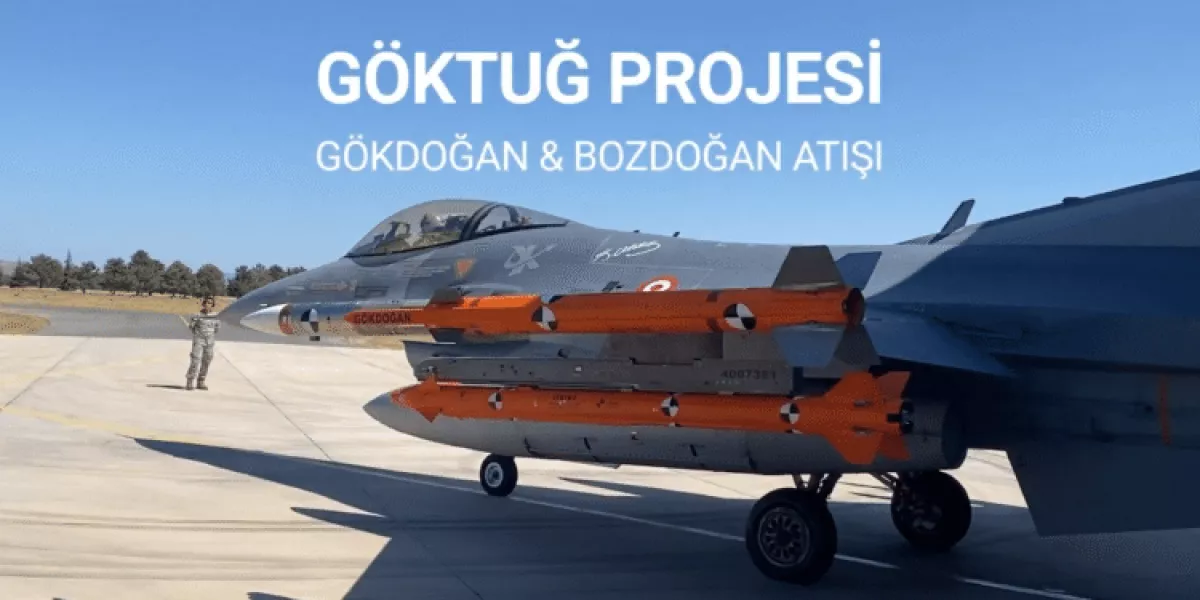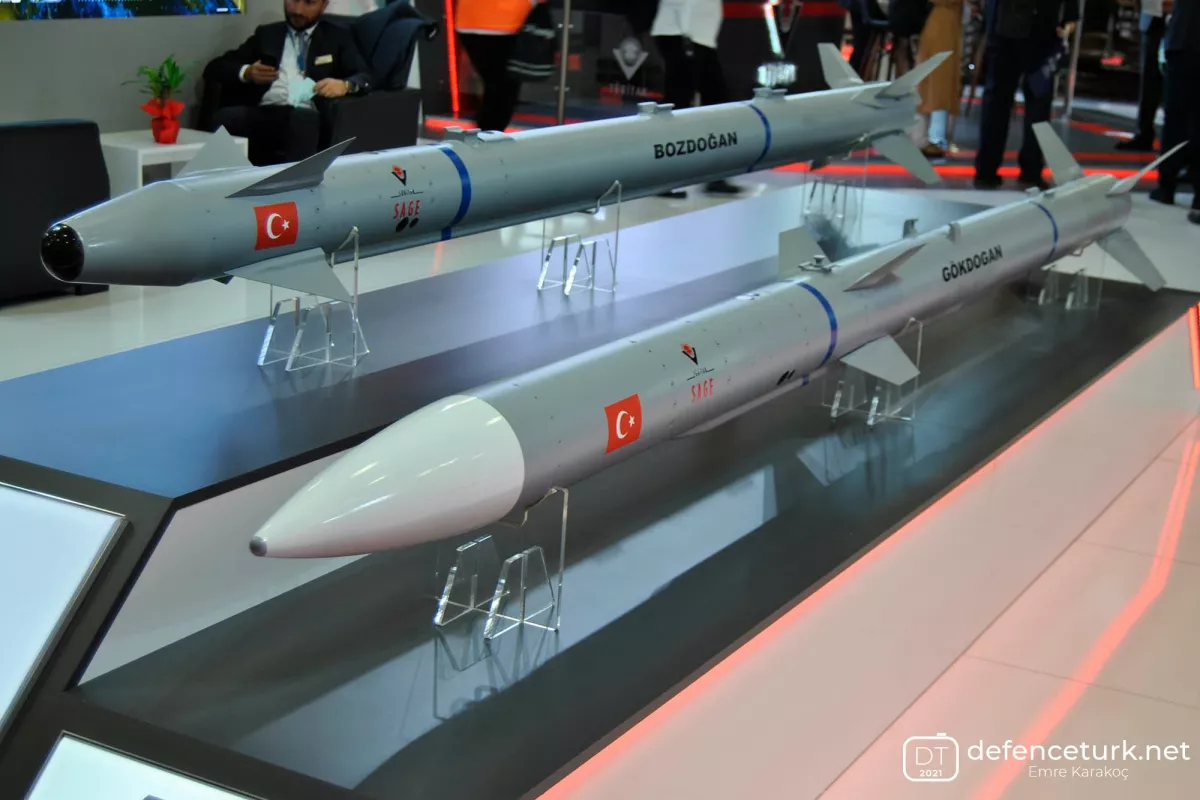Türkiye flexes airpower with successful domestic missile tests PHOTO/VIDEO
Türkiye has successfully conducted live-fire tests of its domestically developed Bozdoğan and Gökdoğan air-to-air missiles from a Turkish Air Force F-16, marking a major milestone in its pursuit of sovereign air combat capabilities.
The event, confirmed by Minister of Industry and Technology Mehmet Fatih Kacır, strengthens Ankara’s push for full independence in missile technology and supports integration with the next-generation KAAN fighter jet, Caliber.Az reports.
Gök Vatanın Sarsılmaz İki Pençesi
— Mehmet Fatih KACIR (@mfatihkacir) October 19, 2025
🚀 BOZDOĞAN
🚀 GÖKDOĞAN
İleri mühendisliğimizin, bitmeyen azmimizin ve tam bağımsızlık idealimizin gökyüzüne kazınmış iki imzası… 🎯@SageTubitak tarafından geliştirilen yerli ve milli hava-hava füzelerimiz, zorlu test atışlarını başarıyla… pic.twitter.com/m8kwEgCST8
The test, conducted by the 401st Test Squadron, demonstrated back-to-back launches of the short-range Bozdoğan (WVR) and long-range Gökdoğan (BVR) missiles. Both are developed by TÜBİTAK SAGE and conform to MIL-STD-1553/1760 standards and the LAU-129 launcher, allowing seamless integration with F-16 systems. Ministry footage showed direct hits against aerial targets, showcasing the missiles’ guidance precision and seeker robustness under test conditions.

Bozdoğan, equipped with infrared guidance and thrust-vector control, offers high maneuverability and resistance to countermeasures, with an effective range exceeding 25 km. Gökdoğan, featuring an active radar seeker, fire-and-forget capability, and lock-on-after-launch (LOAL), provides engagement flexibility and a range beyond 65 km. Together, they give Turkish pilots sovereign control over both close-in and beyond-visual-range air combat.
Designed from the outset to NATO standards, both missiles are primed for integration not only on F-16s but also on Türkiye’s upcoming 5th-generation KAAN fighter. This ensures a fully national AAM suite from day one and simplifies future upgrades, software drops, and tactics development under a single Turkish configuration authority.

Strategically, this achievement enhances Türkiye’s deterrence, reduces reliance on foreign suppliers, and signals export potential—particularly to allied nations such as Azerbaijan. Integration with Azerbaijan’s JF-17 fleet could unify missile inventories and deepen defense ties across the region.
As Minister Kacır noted, the successful trials mark a critical transition “from the lab to the line,” ensuring that both current and future Turkish fighter platforms are equipped with high-performance, nationally controlled weapons—shaping the country's airpower for years to come.
By Vafa Guliyeva








